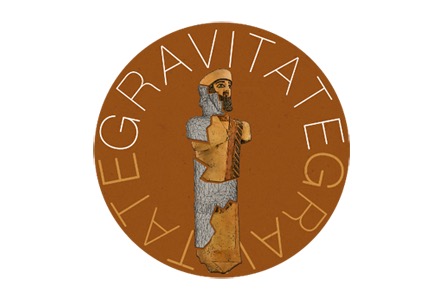GRAVITATE

The world's museums contain many thousands of fragments of ancient statues, pots and other cultural heritage items. Items from a particular historical site are often dispersed amongst many museums or private collections across the world making finding associations between items difficult and their physical reassembly often impossible.
The GRAVITATE project will develop online software tools for the virtual Re-Assembly, Re-Unification and Re-Association of fragmented cultural heritage assets.
- Re-Assembly: putting 3D scans of the broken parts of an artefact back together using computer algorithms, and potential physical reassembly using 3D printing.
- Re-Unification: finding which items in dispersed collections are part of the same artefact.
- Re-Association: finding relations between items dispersed across collections leading to new knowledge about their origins and of past societies.
Inspired by the needs of the Cultural Heritage community and the emerging trends of geometric and semantic research, the consortium will work with a set of fragmented artefacts of monumental terracotta statues from Salamis, Cyprus, dating to around 650—600 B.C.E., dispersed in museums in Cyprus, the UK, France and Australia.
Geometric data will be 3D captured and combined with photographic data (colour, pattern), data from chemical and microscopic analysis and with related curated metadata (date, place, material, etc) encoded in the CIDOC-CRM ontology. These facets will be combined and analysed by integrating surface and 3D matching with semantic and natural language processing techniques.
The integration of such approaches into a single decision support environment, with a full suite of visualisation and analysis tools, will provide a unique resource for the scientific community.
IT Innovation coordinate the project and lead both the semantic research activity and the development of the platform.
The semantic research work builds directly on the ICON project in the cultural heritage domain but also builds on and contributes to IT Innovation's data analysis expertise both in semantics (such as in the REVEAL and eVACUATE projects) and more generally. Leading the development of the platform plays to IT Innovation's strengths in systems engineering, interoperability and HCI.
Project Fact Sheet
The GRAVITATE project is a 41 month project funded by the EC H2020 framework programme.
Coordinator: IT Innovation Centre, UK
Publication: https://eprints.soton.ac.uk/402427/
Twitter: @gravitate_eu
 This project has received funding from the European Union's Horizon 2020 research and innovation programme under grant agreement No 665155.
This project has received funding from the European Union's Horizon 2020 research and innovation programme under grant agreement No 665155.